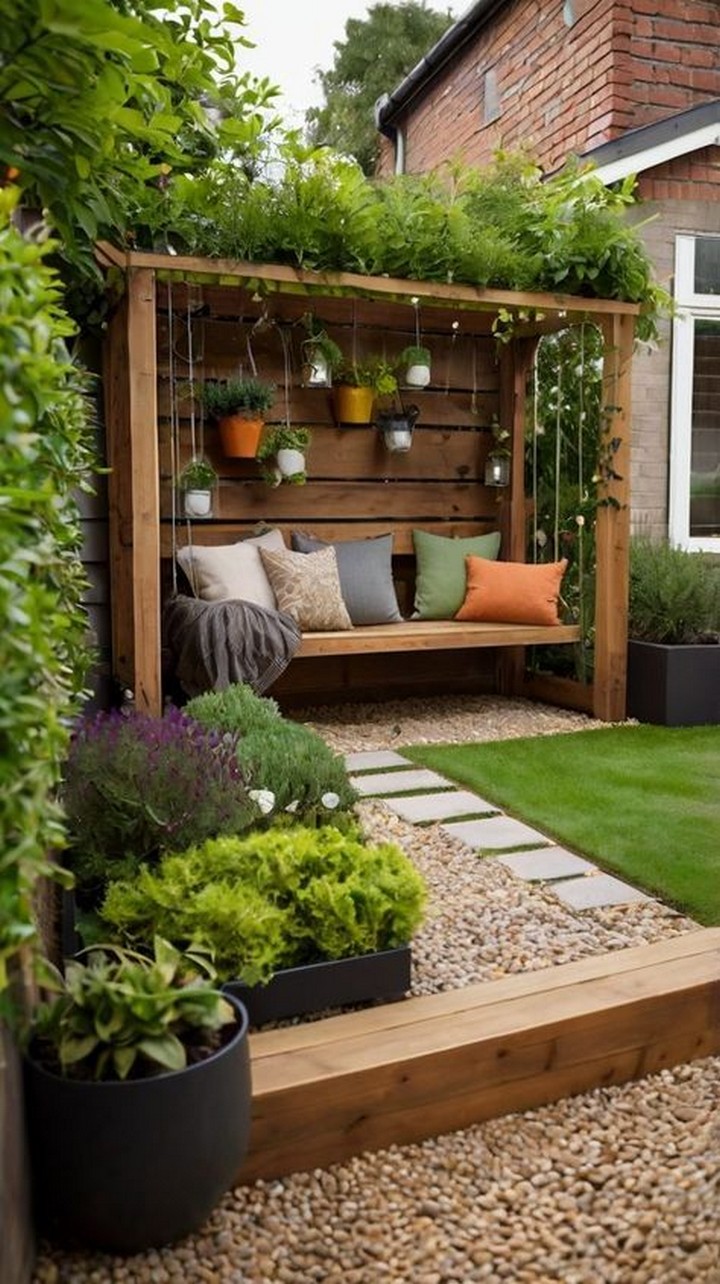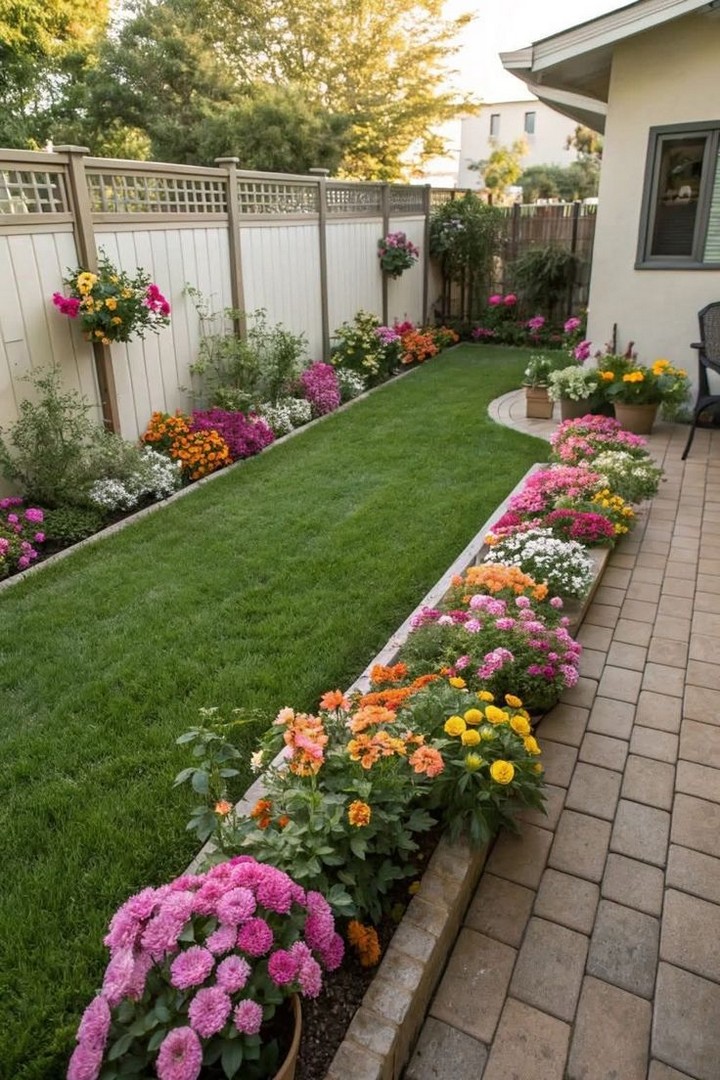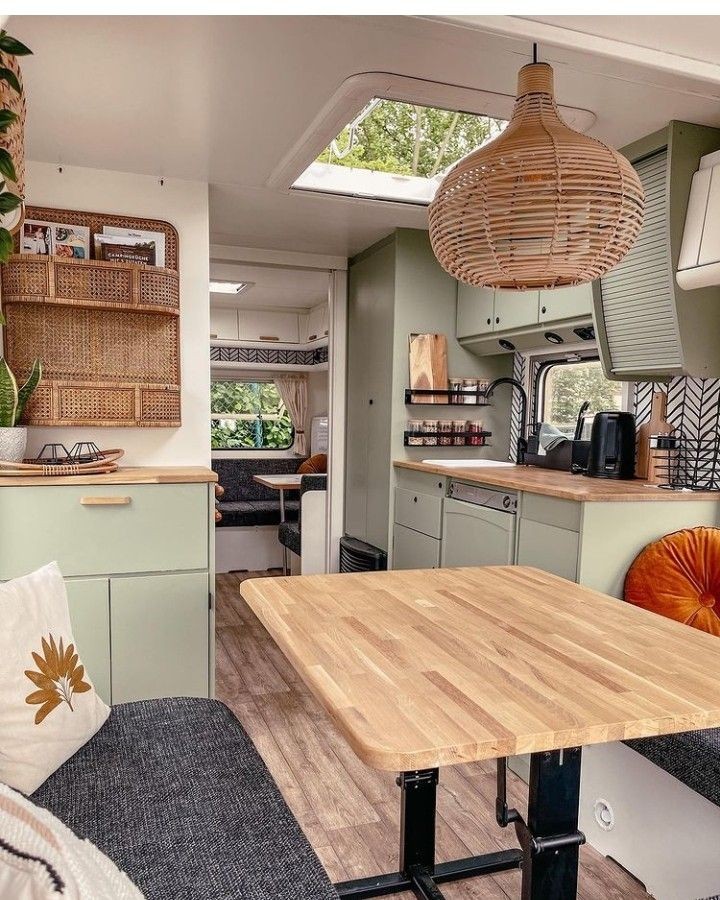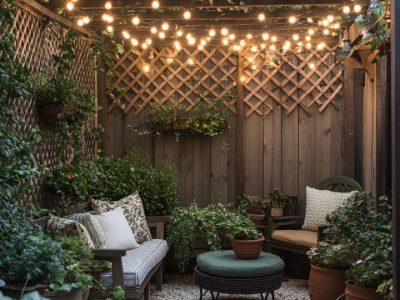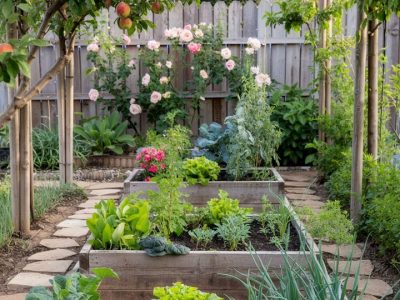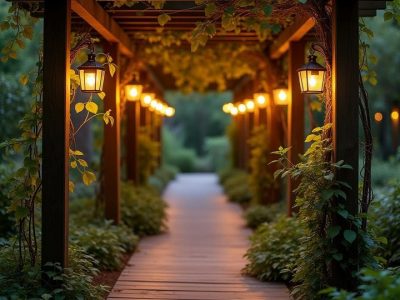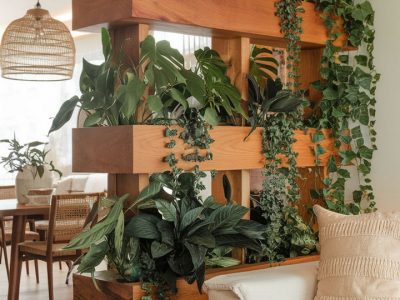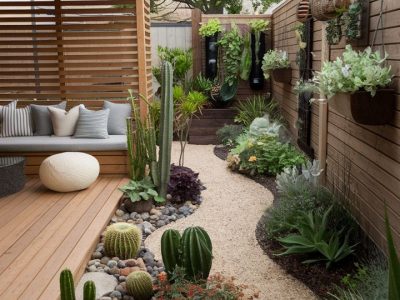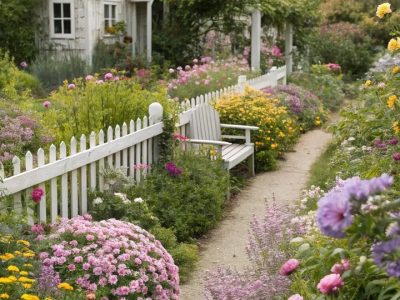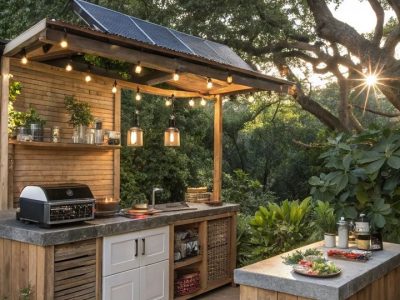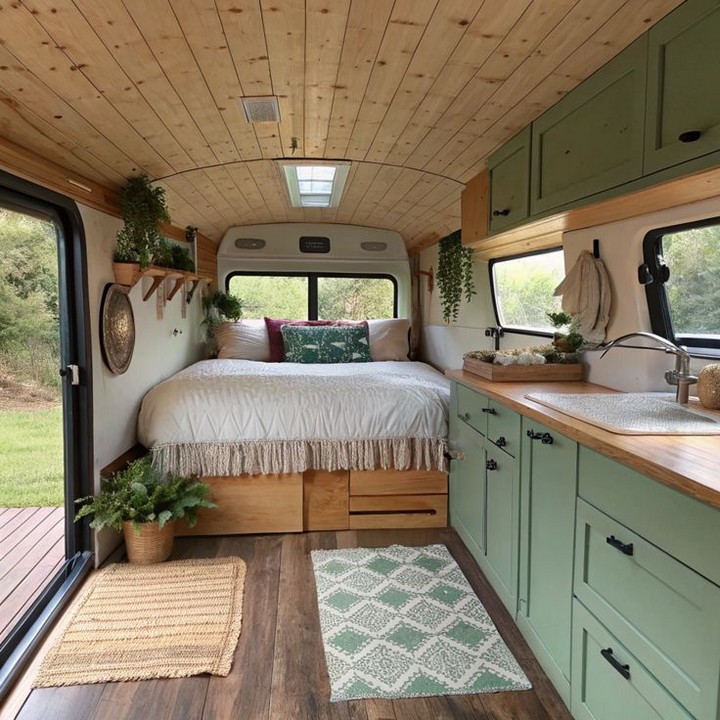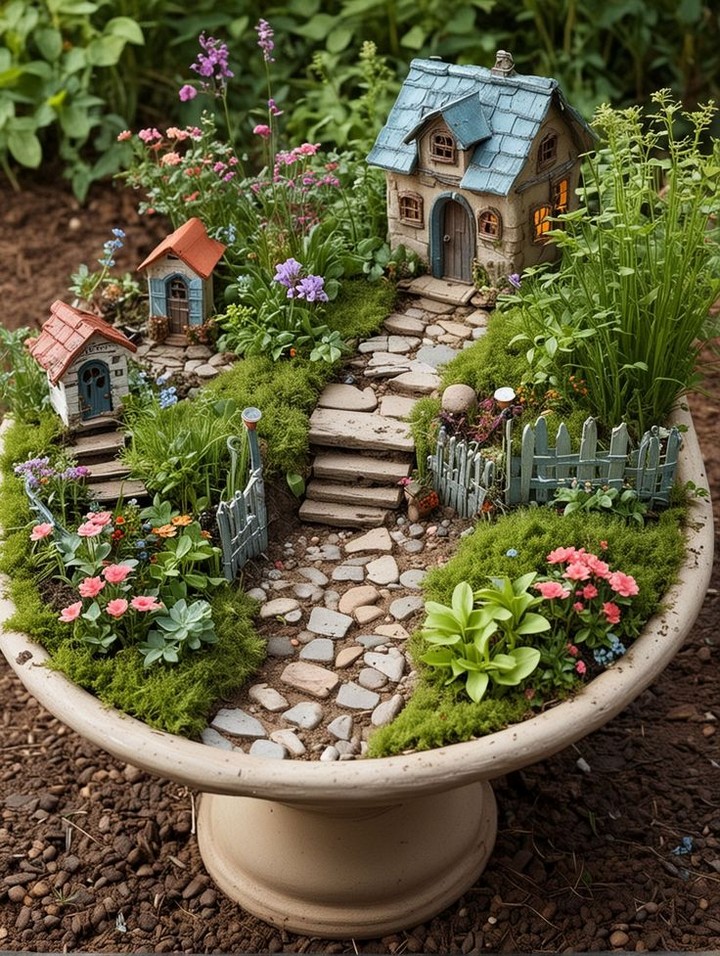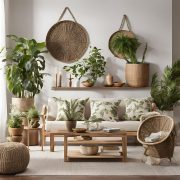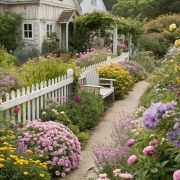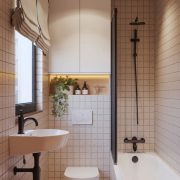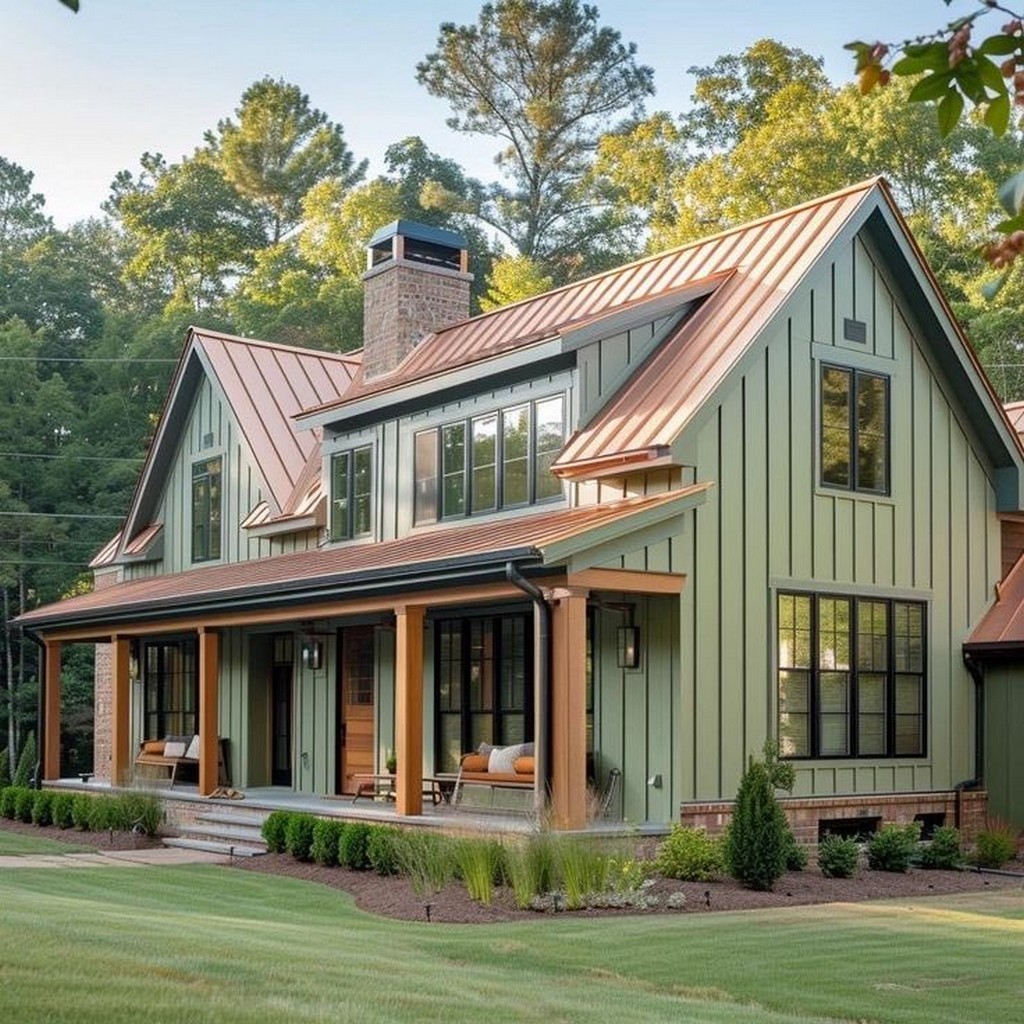Starting your garden design journey can be an exciting yet overwhelming experience, especially if you’re a beginner. Whether you have a small balcony, a spacious backyard, or something in between, designing a garden can enhance your home’s beauty, boost curb appeal, and provide a peaceful retreat from daily life. The good news is that with the right approach, anyone—regardless of experience—can design a beautiful garden that’s both functional and aesthetically pleasing.
Gardening is one of the most rewarding hobbies, but for beginners, it can feel overwhelming. The good news is that garden design doesn’t have to be complicated. With a little knowledge and planning, anyone can create an outdoor space that is both beautiful and functional. Whether you have a small balcony, a sprawling backyard, or anything in between, this ultimate guide to garden design for beginners will give you the tools, tips, and inspiration you need to transform your garden into a peaceful retreat or an outdoor entertaining space.
From understanding basic principles to selecting the right plants and materials, you’ll gain the knowledge and confidence to create a garden that suits your style and needs.
1. Start with a Plan: Understand Your Space
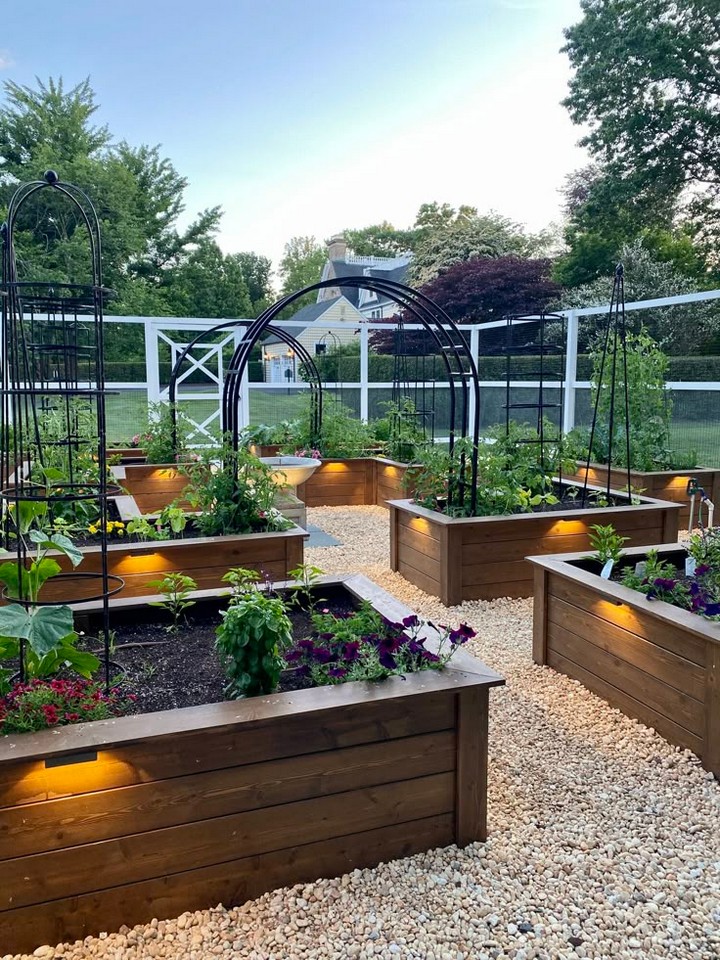
The first step to any successful garden design is understanding the space you’re working with. This involves evaluating your outdoor area, noting the unique features, and figuring out how you can maximize its potential. Here’s how to get started:
Measure Your Space
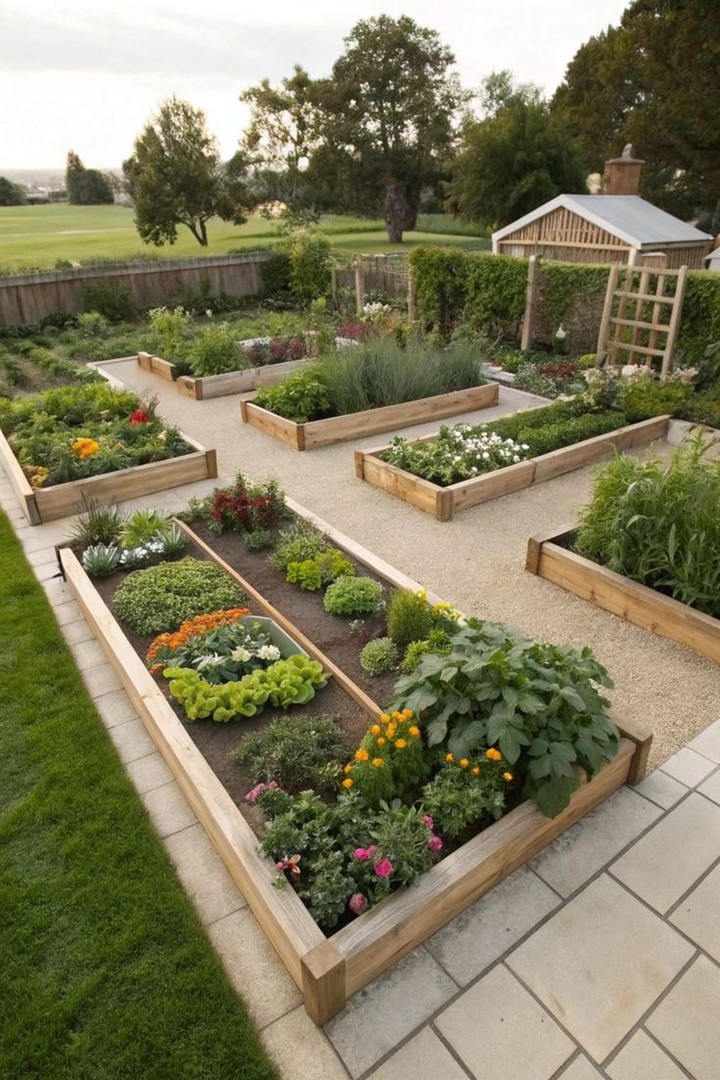
The first task is to measure your garden area accurately. Whether you’re working with a small balcony or a sprawling backyard, knowing the exact dimensions will help you plan the layout and decide what plants and elements will fit best.
Consider the Sunlight
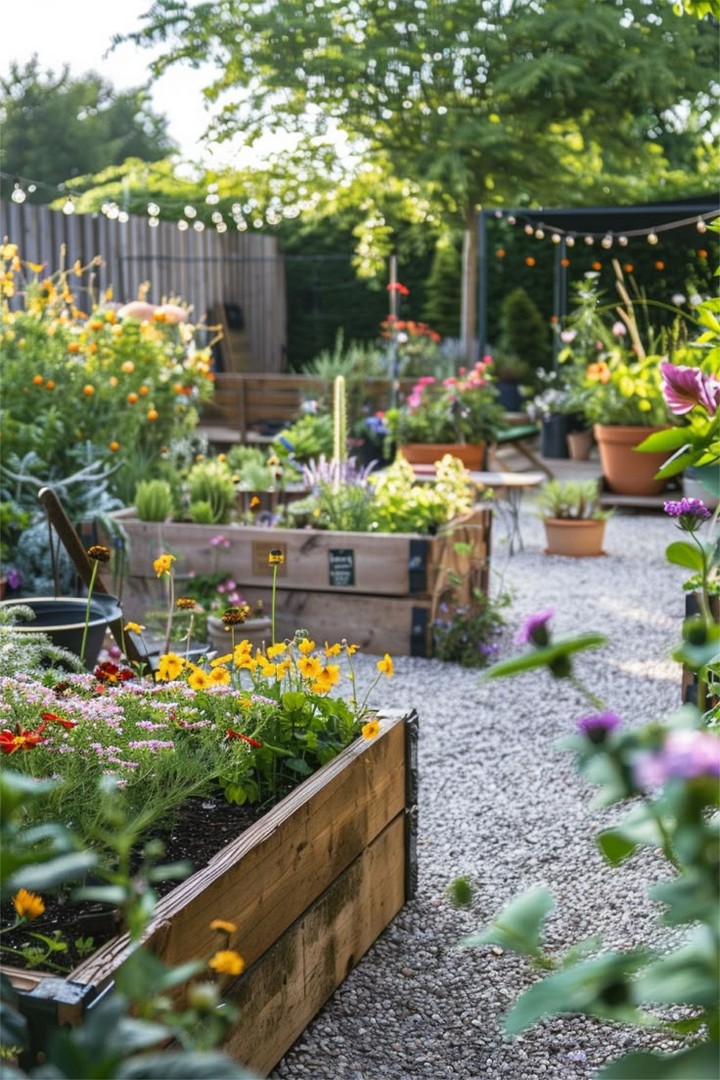
Sunlight plays a crucial role in garden design. Different plants require different amounts of sunlight, so it’s important to assess how much sun each area of your garden receives throughout the day. Are there shady spots? Sunny patches? Understanding your garden’s light exposure will guide your plant selection.
- Full Sun: Areas that receive 6 or more hours of direct sunlight daily.
- Partial Sun/Shade: Areas that receive 3–6 hours of direct sunlight.
- Full Shade: Areas that receive less than 3 hours of direct sunlight.
Identify Soil Type and Drainage
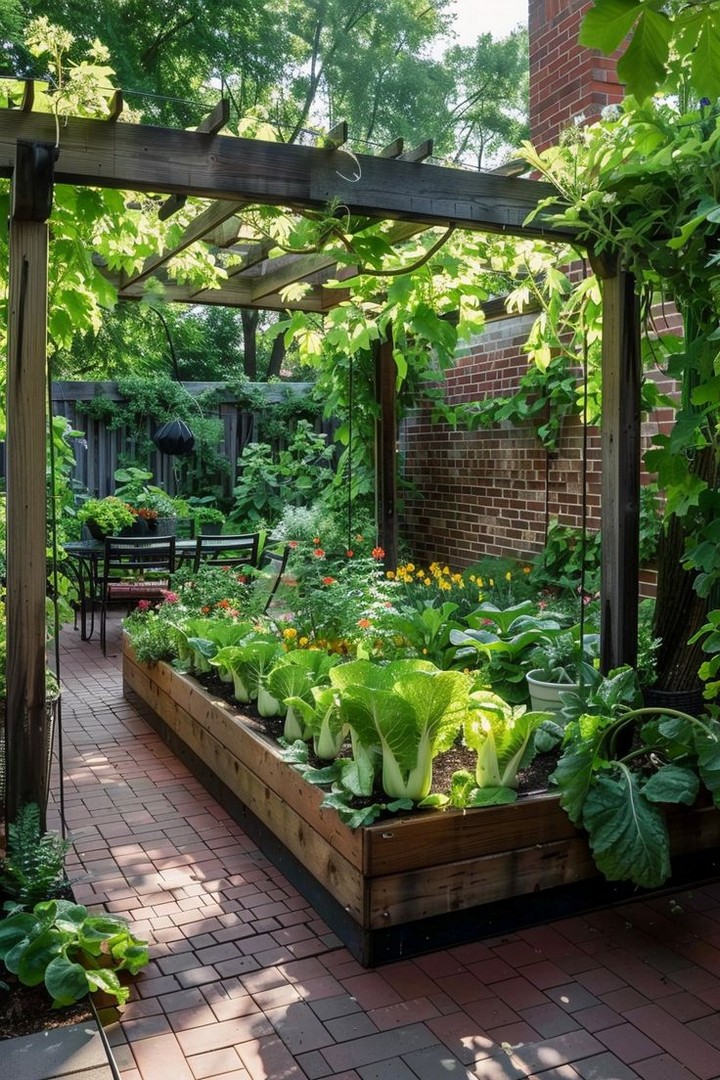
The soil quality and drainage in your garden will influence what plants will thrive. To get an accurate understanding, test your soil for pH levels and texture. Sandy soils drain quickly but may lack nutrients, while clay soils retain water but may need more organic matter to improve drainage.
2. Define Your Garden Style
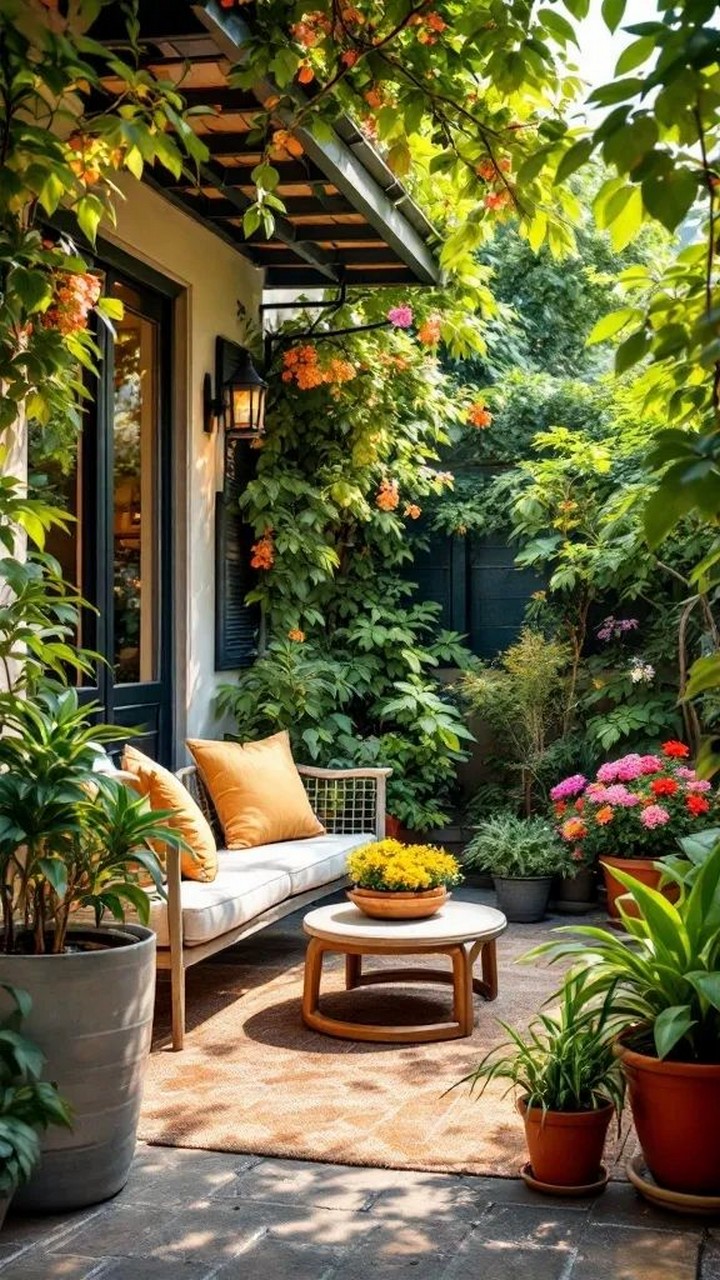
Your garden should reflect your personality and complement the style of your home. Do you prefer a traditional garden with neat borders and symmetrical layouts, or do you lean toward a more natural, wild look? Here are some popular garden styles to consider:
Formal Gardens
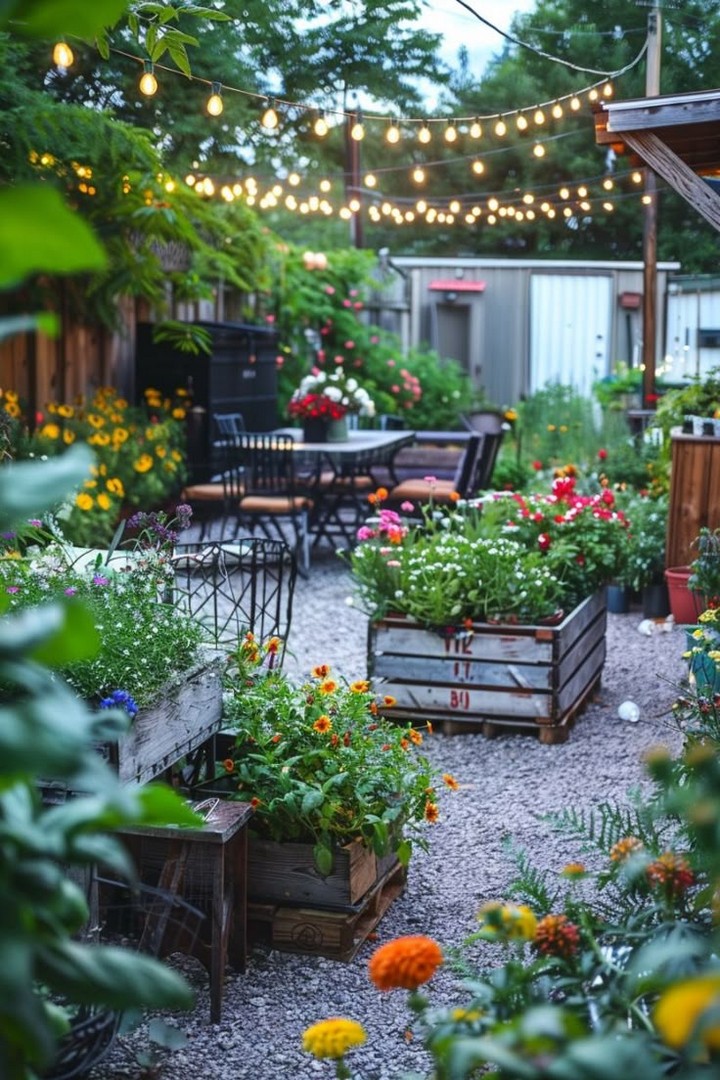
If you appreciate clean lines and structured shapes, a formal garden might be your style. Formal gardens typically feature symmetrical layouts, neatly trimmed hedges, and carefully arranged flower beds.
- Key Features: Box hedges, topiary, geometric patterns, and fountains.
- Plants: Roses, lavender, hydrangeas, and neatly pruned shrubs.
Cottage Gardens
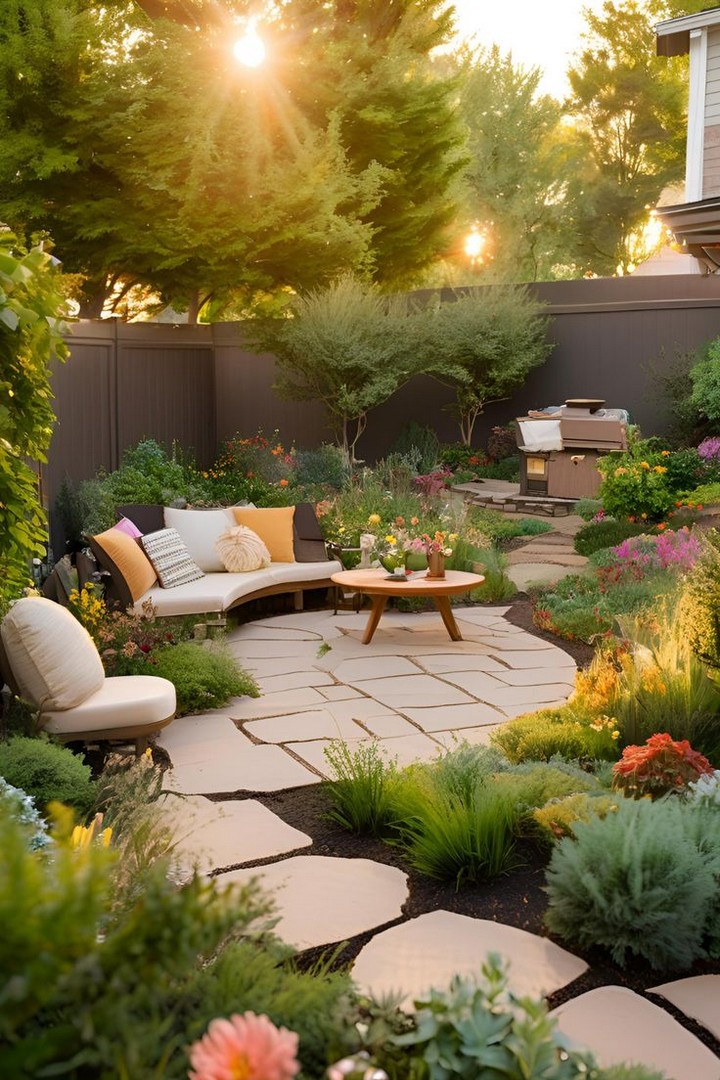
Cottage gardens are charming and relaxed, filled with an abundance of flowers and plants. They often include climbing roses, creeping vines, and a mix of herbs and vegetables.
- Key Features: Informal design, vibrant flowers, climbing plants, and organic shapes.
- Plants: Wildflowers, lavender, daisies, and climbing vines.
Modern Gardens
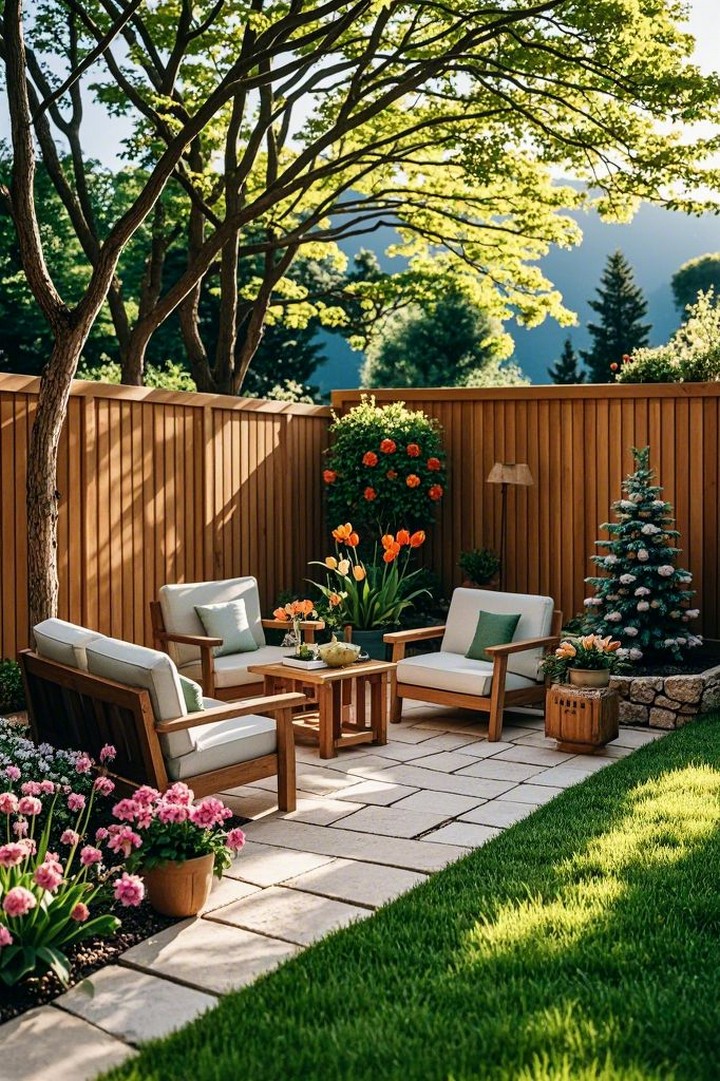
Modern gardens are minimalist and focus on simplicity and clean lines. They often include contemporary features like sleek patios, concrete pathways, and low-maintenance plants.
- Key Features: Minimalistic designs, large planters, geometric shapes, and stone materials.
- Plants: Succulents, grasses, and other drought-tolerant plants.
Tropical Gardens
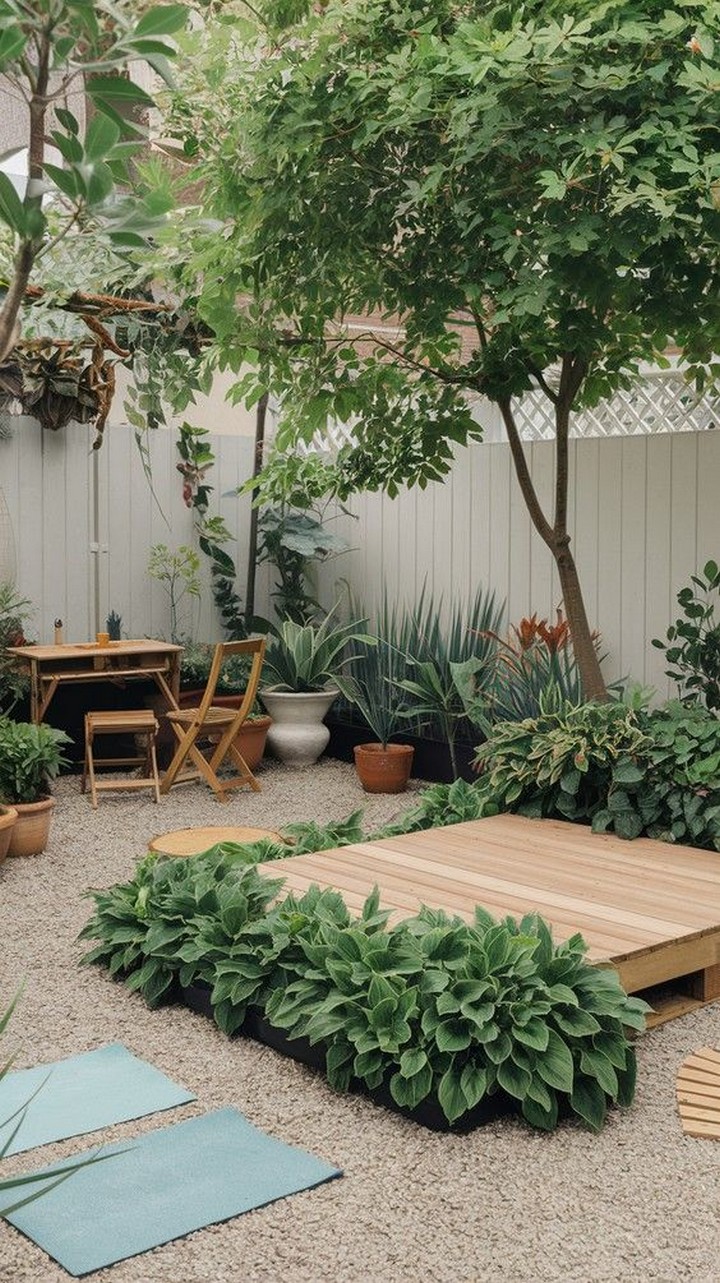
If you’re looking for lush greenery and vibrant colors, a tropical garden may be the perfect fit. These gardens thrive in warm climates and incorporate large, dramatic plants.
- Key Features: Lush foliage, bold plants, water features, and plenty of color.
- Plants: Palms, ferns, bamboo, and flowering tropical plants like hibiscus.
3. Focus on Plant Selection
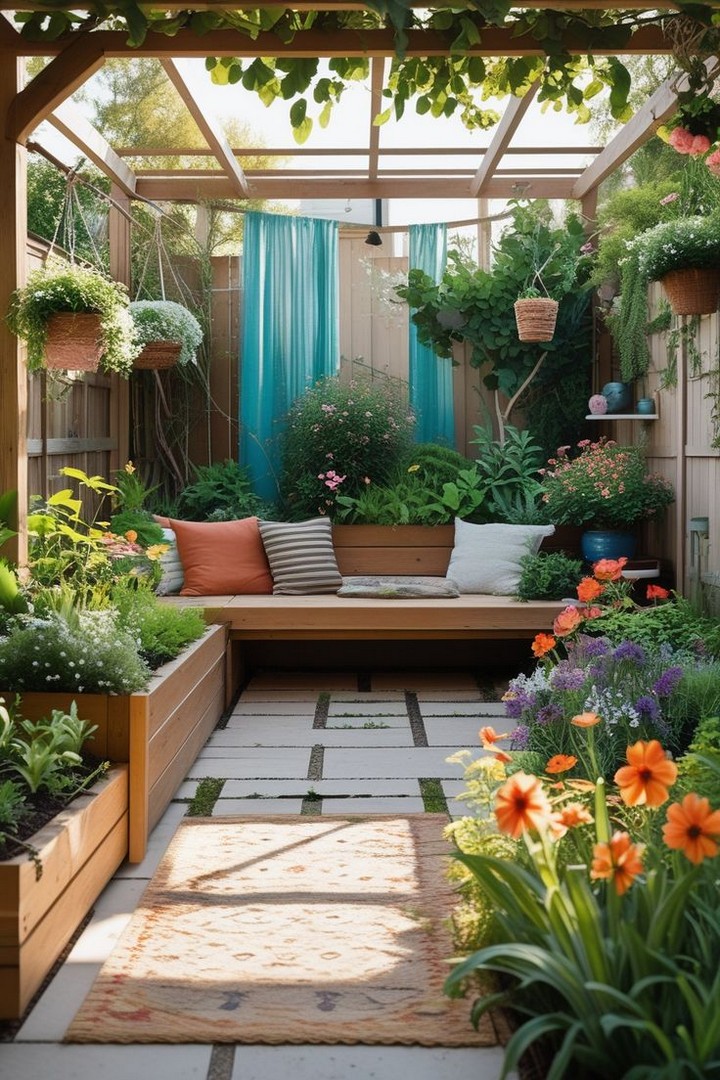
Choosing the right plants is crucial to the success of your garden. Plants not only provide color and texture, but they also contribute to the overall design, creating focal points and bringing life to the space. As a beginner, it’s important to select plants that are easy to care for and suited to your garden’s environment.
Consider Plant Zones
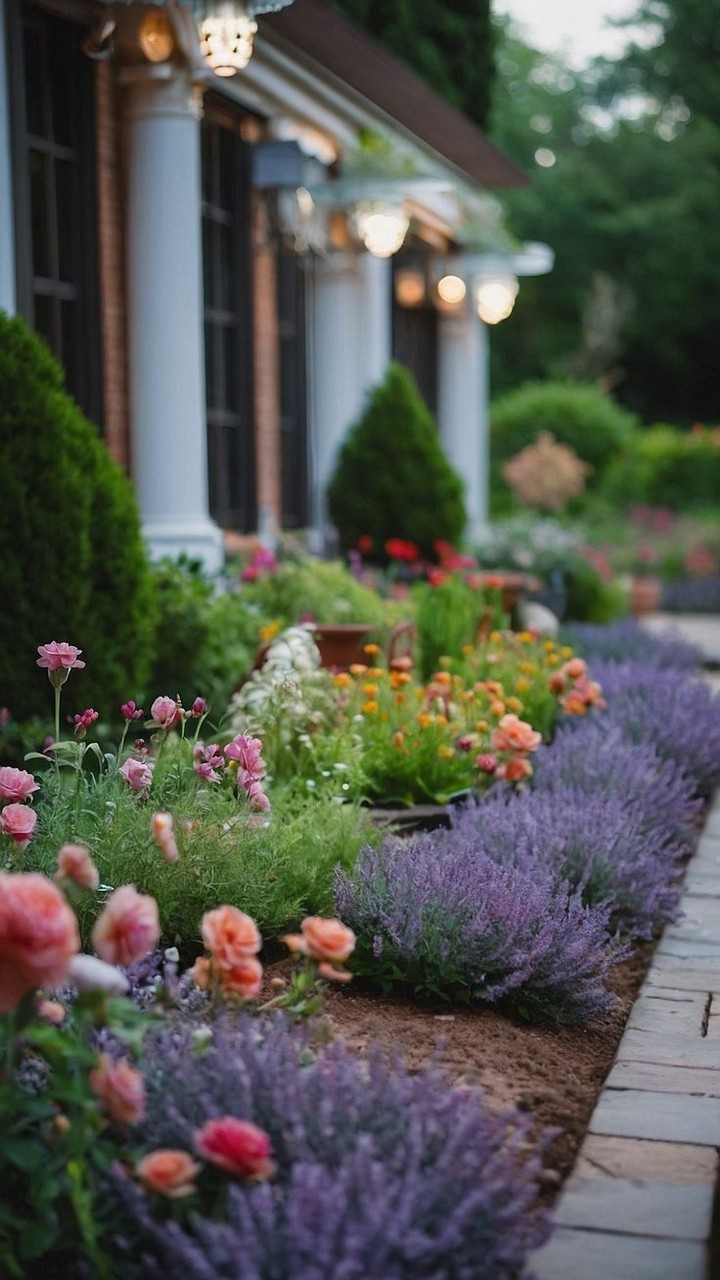
Planting zones (USDA hardiness zones) indicate the climate in which certain plants can survive. Be sure to choose plants that are suited to your climate zone to ensure they thrive.
Low-Maintenance Plants
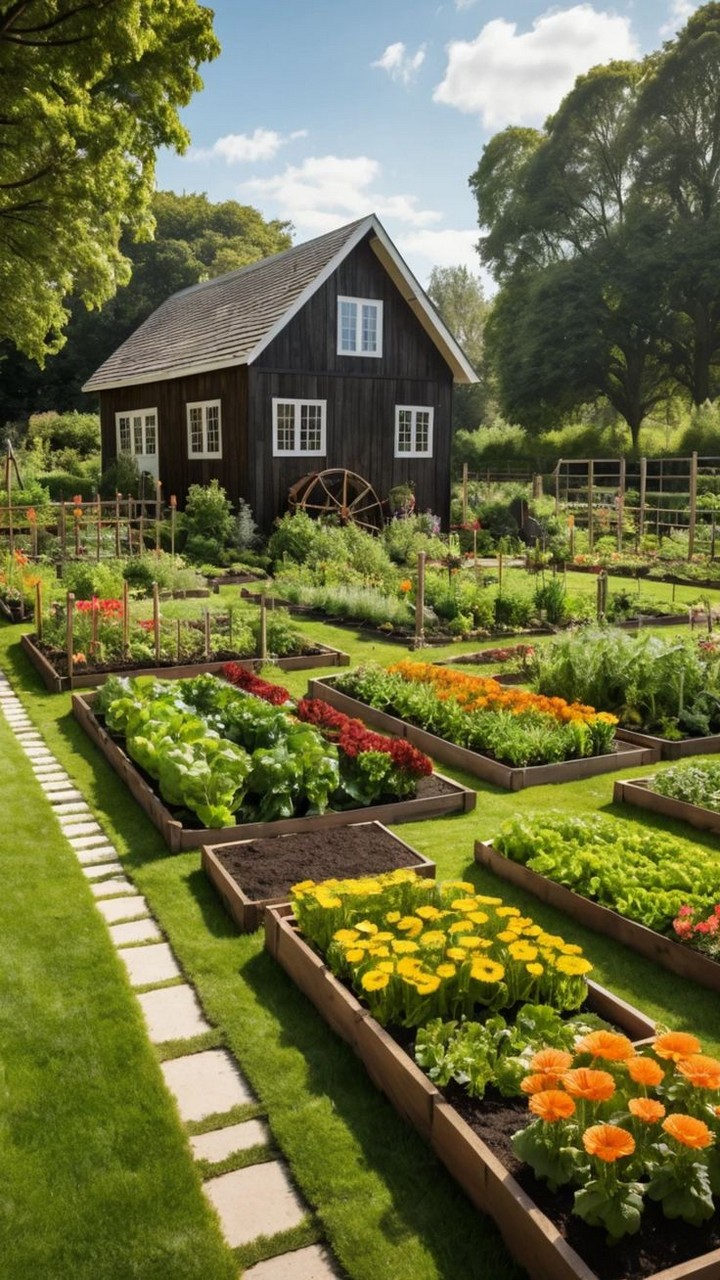
If you’re new to gardening or have a busy schedule, opt for low-maintenance plants that don’t require constant care. Some beginner-friendly options include:
- Lavender: A hardy, fragrant plant that thrives in full sun and dry soil.
- Hostas: Shade-loving plants with attractive foliage.
- Succulents: Drought-resistant plants that are perfect for containers and low-maintenance gardens.
- Daylilies: Hardy flowers that bloom profusely and are easy to maintain.
Create Focal Points
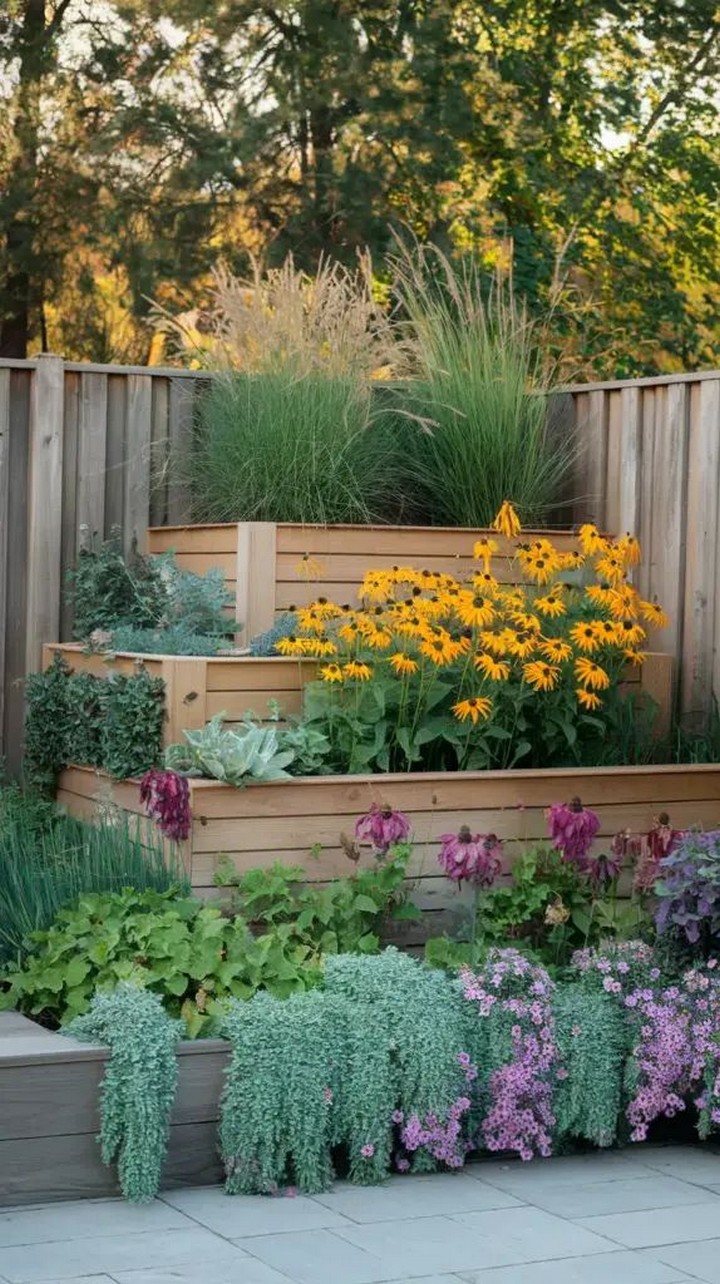
Focal points draw attention and add interest to your garden design. You can create focal points with statement plants like tall grasses, flowering shrubs, or a beautiful tree. Additionally, hardscape features like a fountain or a sculpture can serve as striking focal points.
4. Layer Your Garden with Texture and Depth
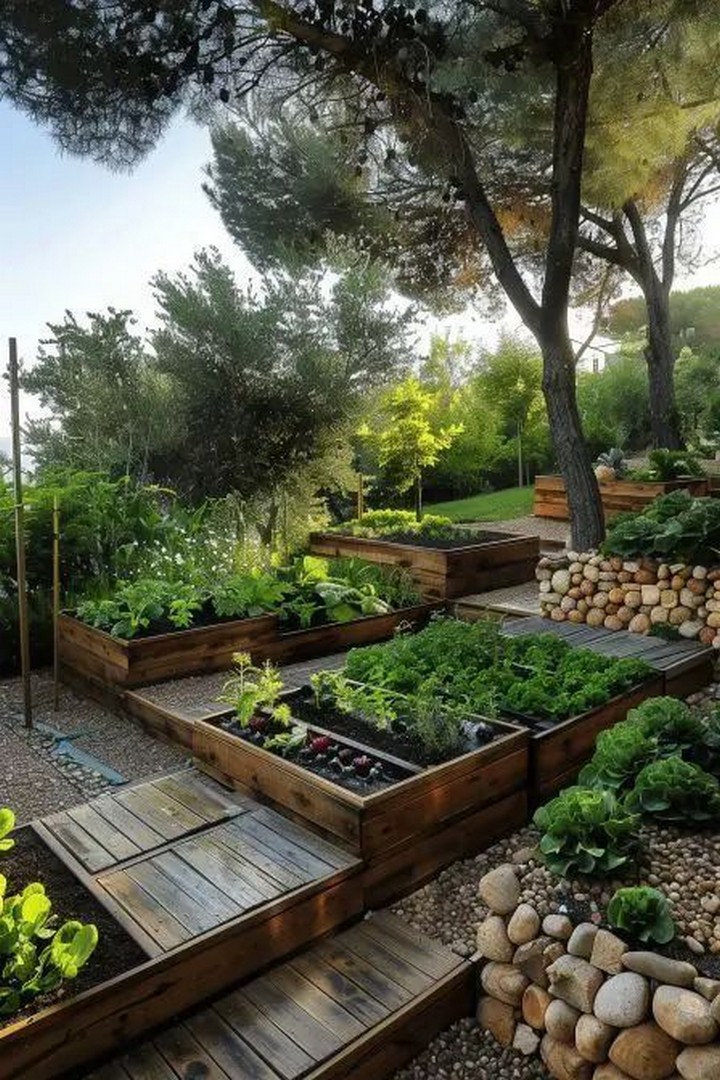
One of the secrets to an appealing garden design is creating layers of texture and depth. By varying plant heights, shapes, and textures, you’ll create visual interest and make your garden feel more dynamic. Here’s how you can achieve this:
Plant in Layers
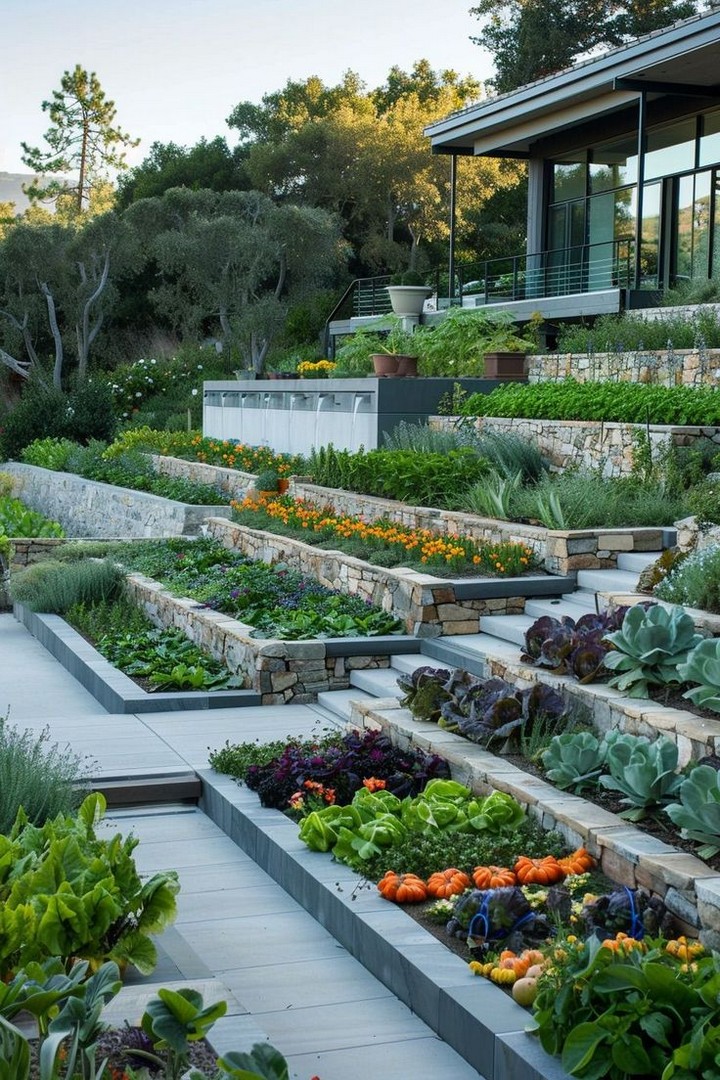
Start with taller plants at the back or center of your garden bed, gradually working your way down to shorter plants at the front. This method creates depth and allows all plants to be visible. For example, combine tall grasses, medium-sized shrubs, and low-growing ground covers.
Use Different Textures
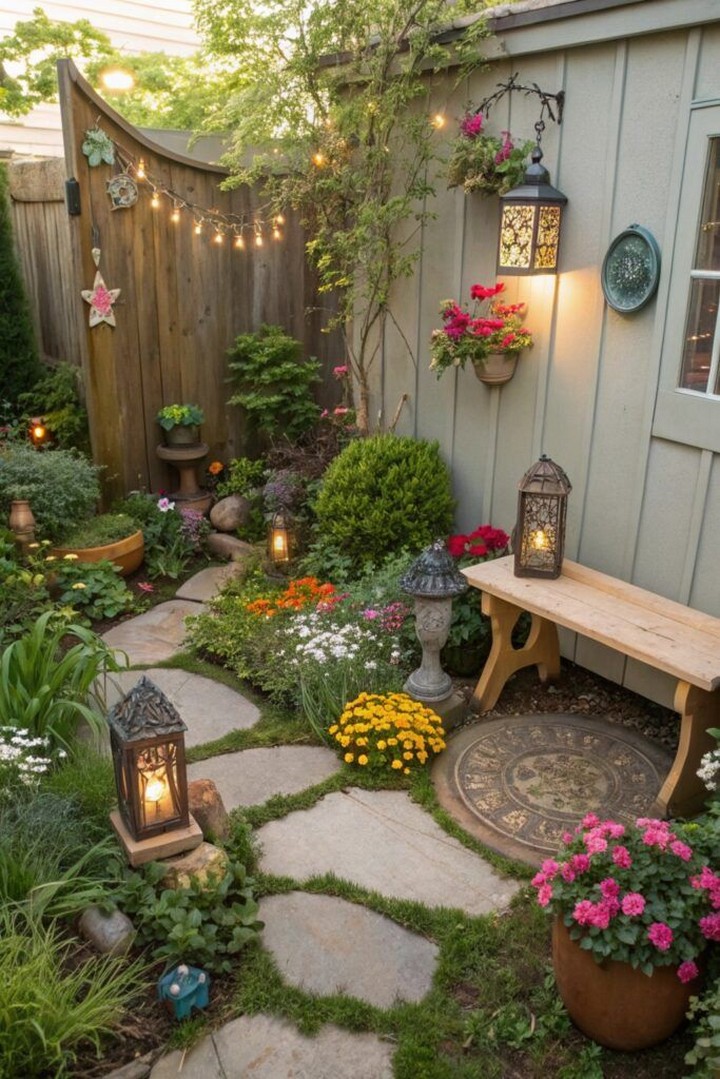
Mix plants with different textures to create contrast. For example, pair the soft, feathery leaves of ferns with the bold, spiky leaves of ornamental grasses. Similarly, combine flowers with different petal shapes and colors to create variety.
Incorporate Hardscaping
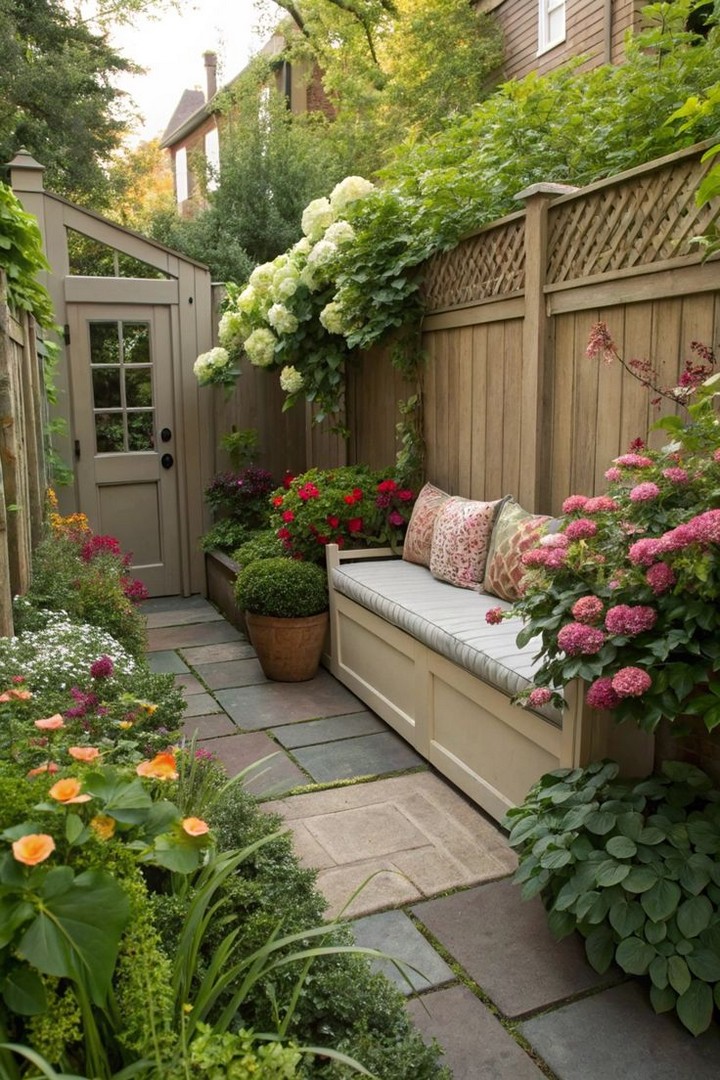
Incorporate hardscaping elements like stones, gravel, or mulch to break up your plantings and add structure to the garden. Pathways, stepping stones, and decorative walls can all enhance the texture and depth of your garden while providing practical benefits.
5. Think About Functionality
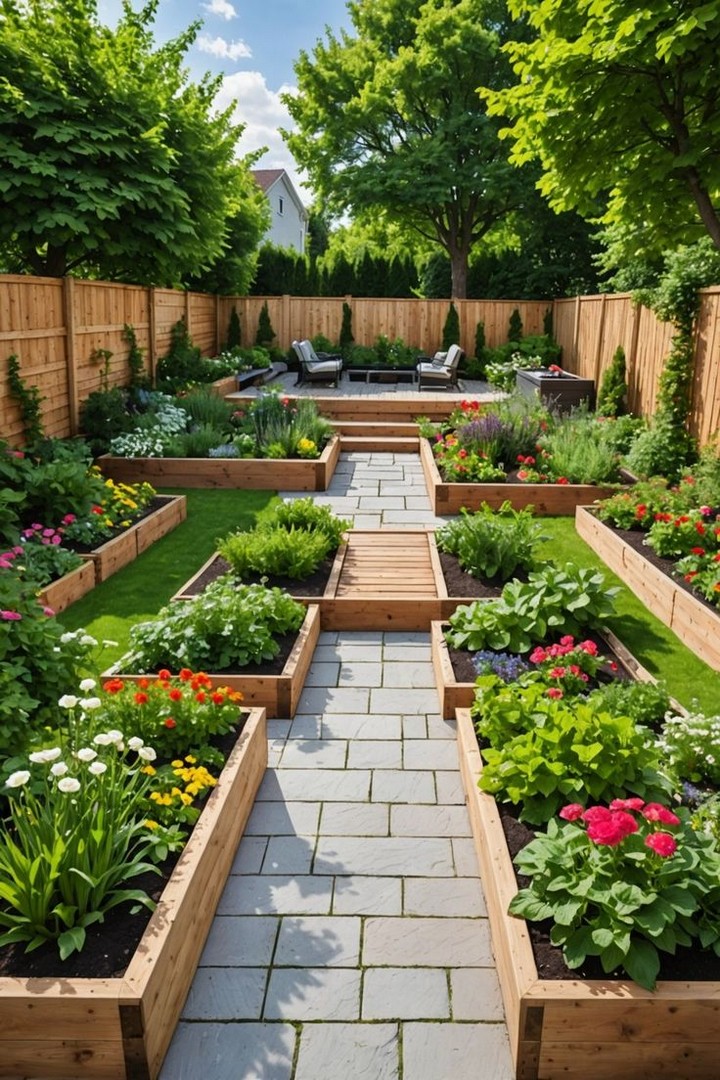
A garden should not only look beautiful but also serve a purpose. Whether you want a space to entertain, relax, or grow your own food, functionality should be a key consideration in your design.
Seating Areas
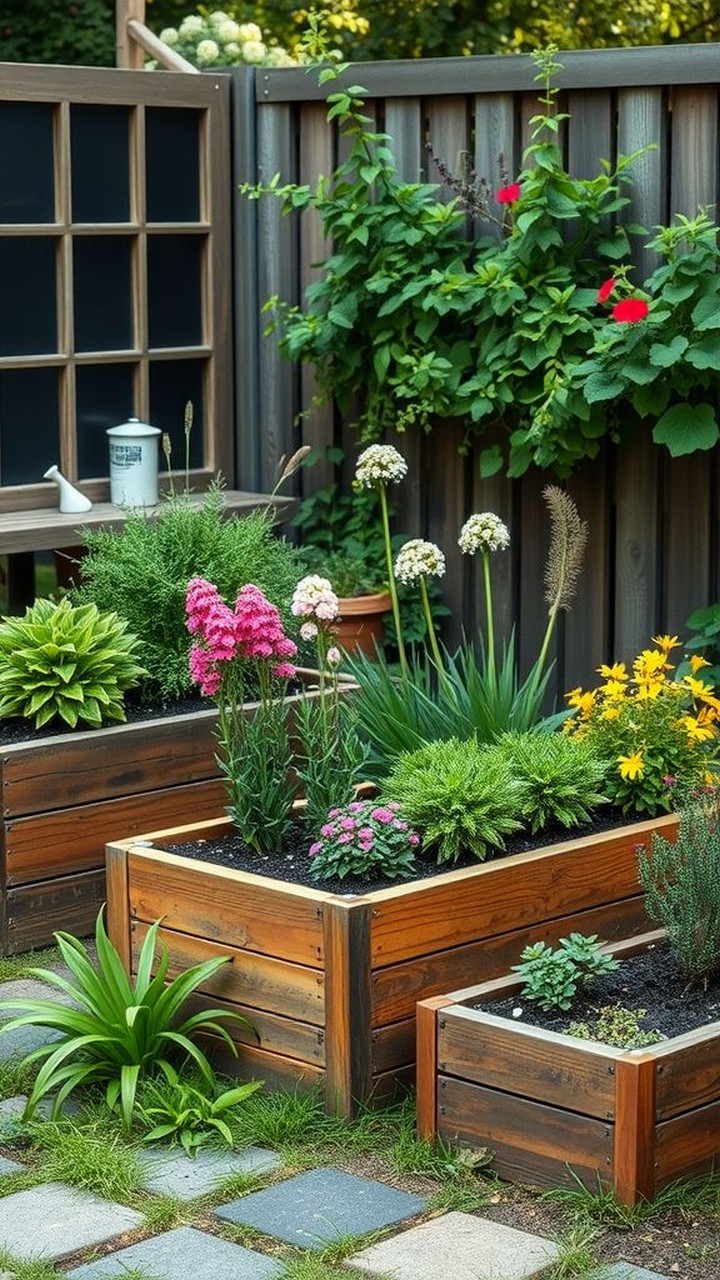
Creating a cozy seating area allows you to enjoy your garden to the fullest. A comfortable bench, swing, or even a hammock can provide a peaceful spot to relax and take in the natural surroundings.
Garden Edging
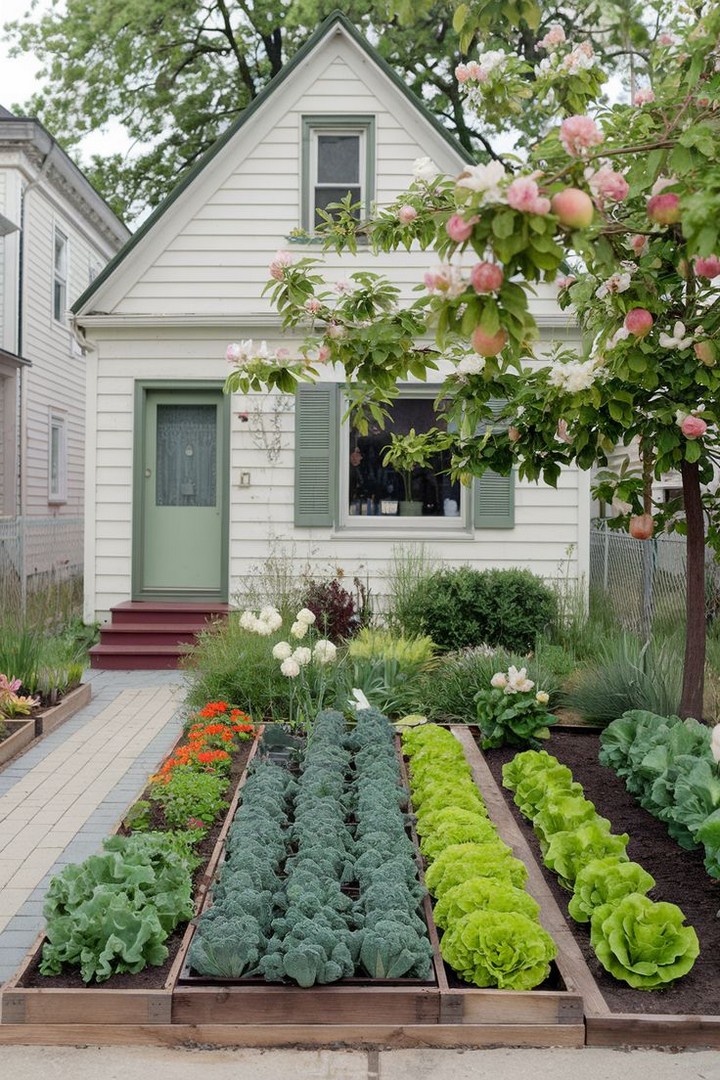
Garden borders can help define different areas of your space and create structure. Consider using materials like wood, stone, or metal to create clean lines between your garden beds, lawn, and other outdoor areas.
Vegetable and Herb Gardens
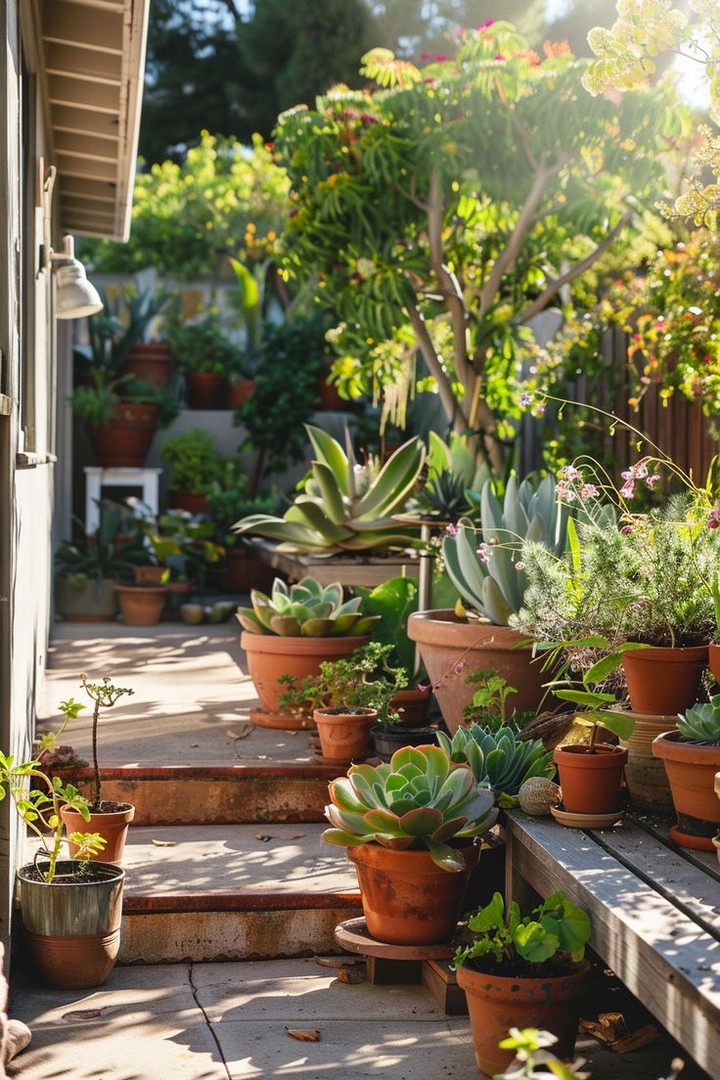
If you’re interested in growing your own food, dedicate a part of your garden to vegetables and herbs. Raised beds or vertical gardens are perfect for maximizing small spaces. Herbs like basil, rosemary, and thyme are easy to grow and can be used in cooking.
6. Incorporate Water Features for Tranquility
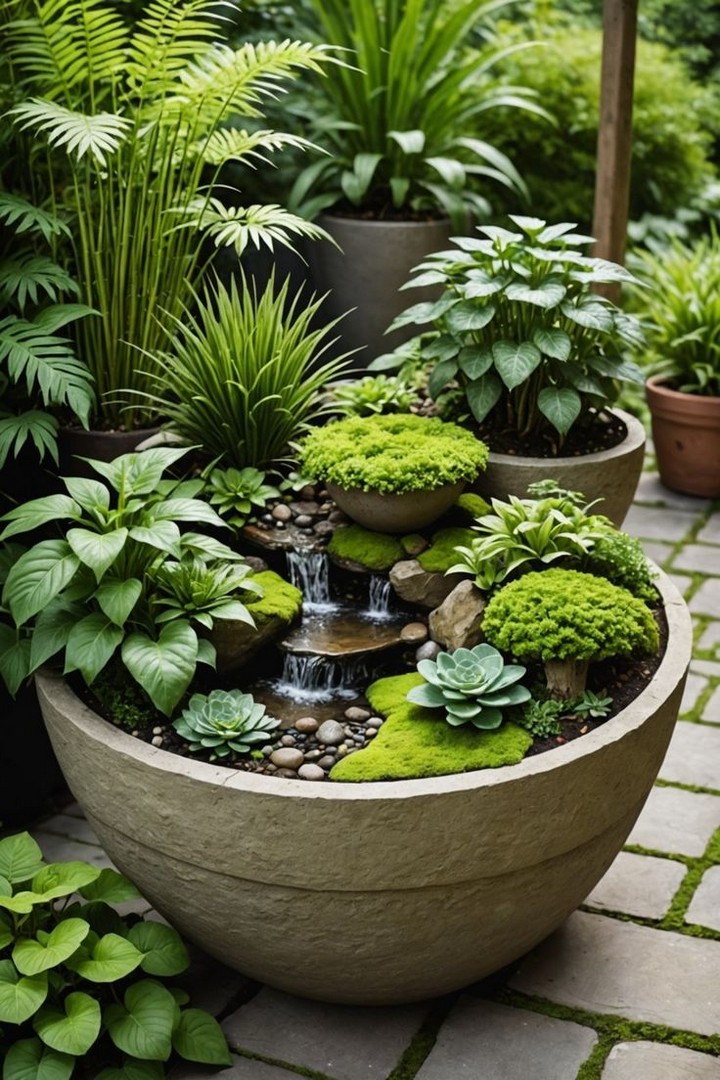
Adding a water feature, such as a fountain or small pond, can significantly enhance your garden. The soothing sound of running water creates a relaxing atmosphere, making your outdoor space feel more peaceful and serene.
Small Fountains
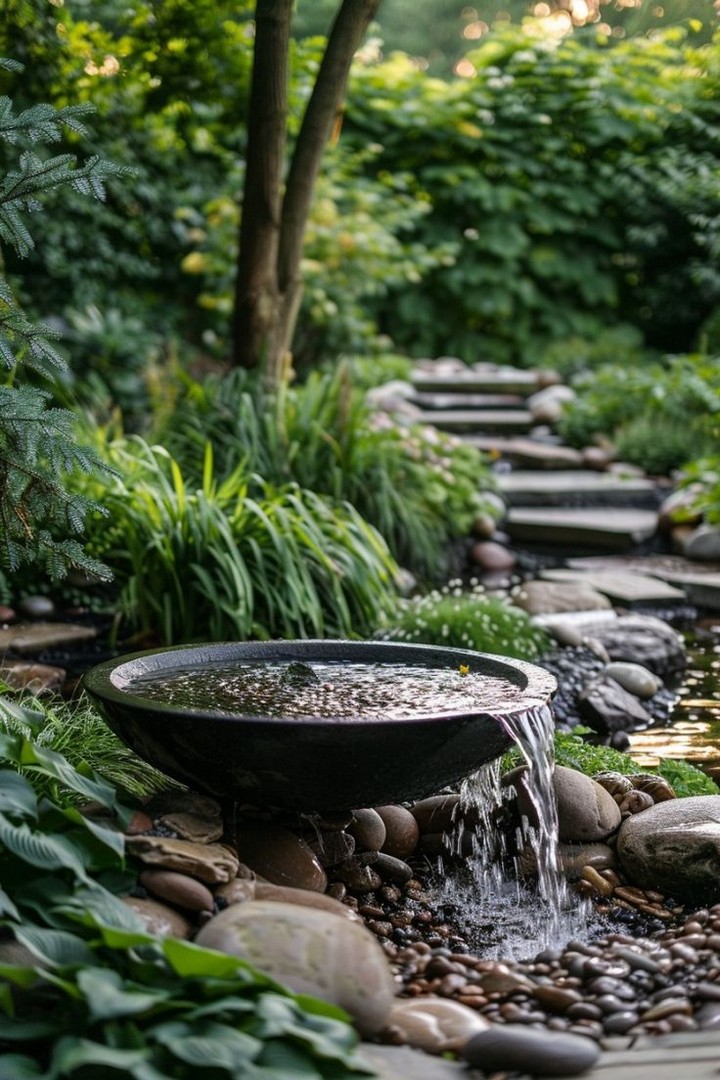
A small, self-contained fountain is a great option for beginners. These can be placed in the center of a garden or tucked into a corner for a peaceful ambiance.
Bird Baths
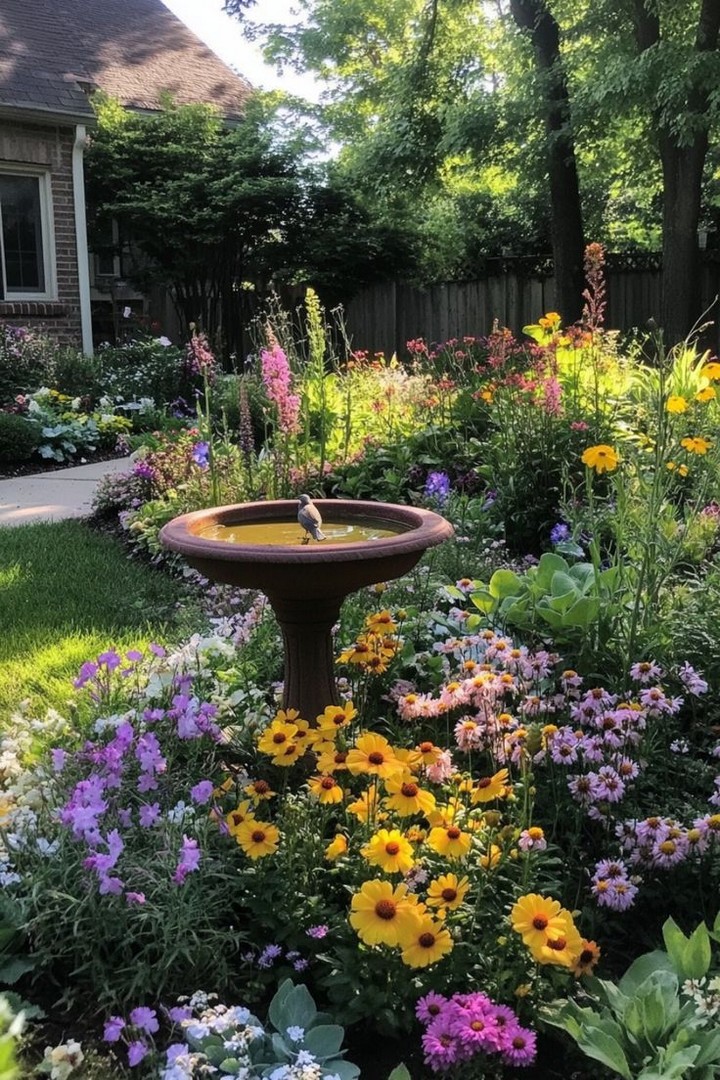
Not only do bird baths attract local wildlife, but they also serve as a charming focal point in your garden. Opt for a simple stone bird bath or go for a more modern design, depending on your garden style.
7. Maintenance Tips for a Thriving Garden
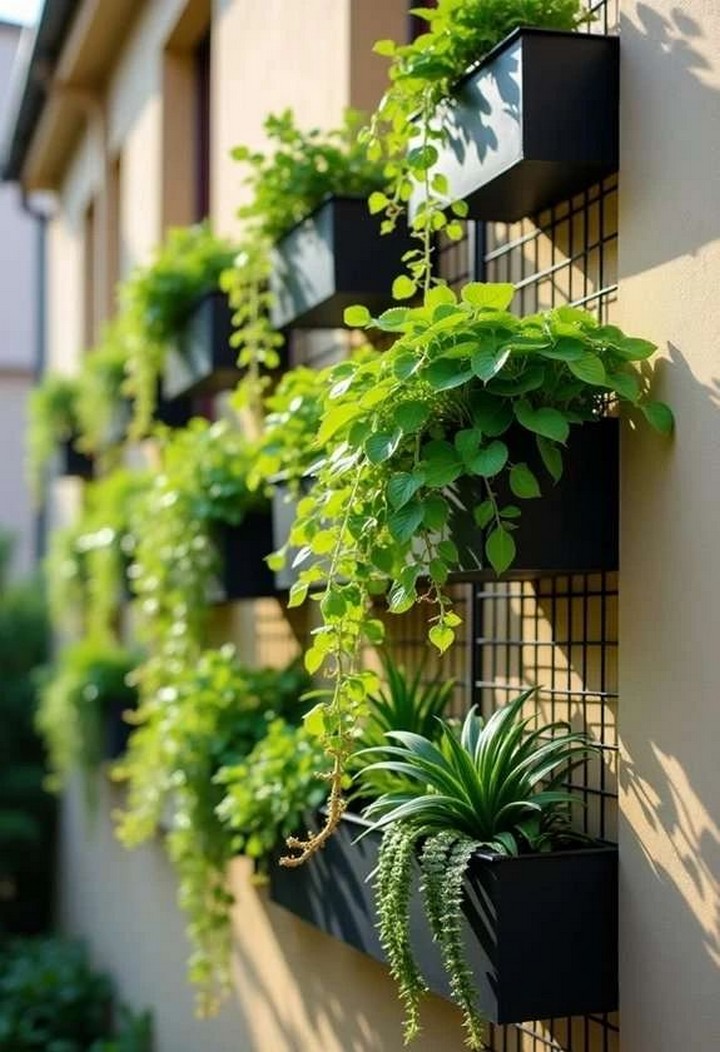
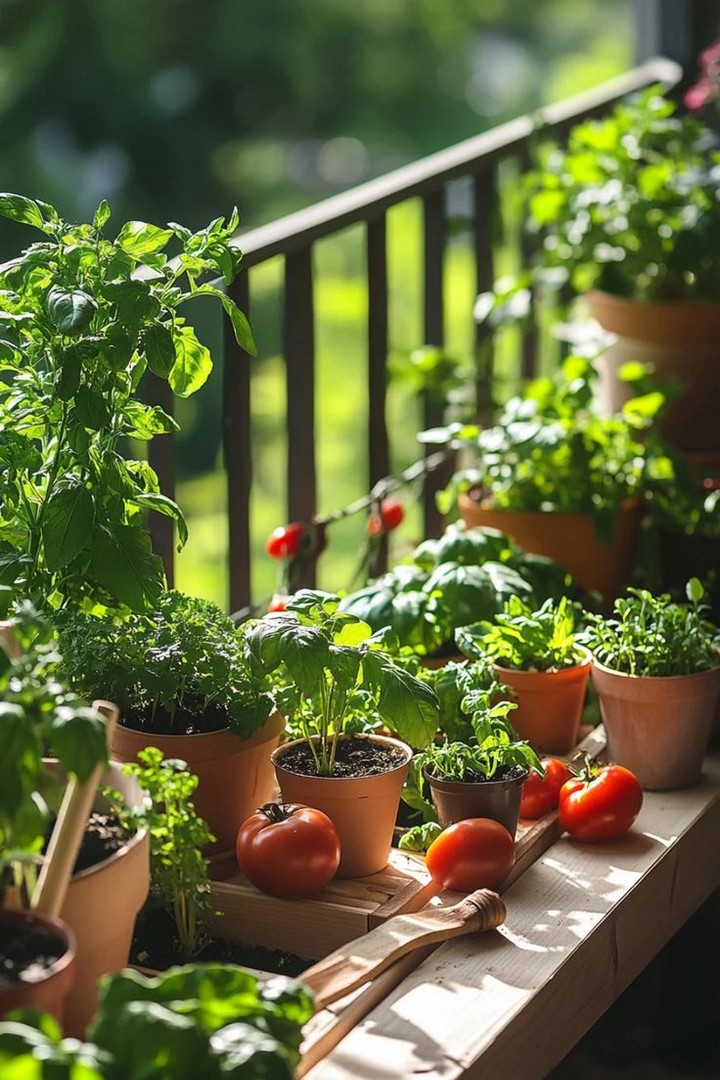
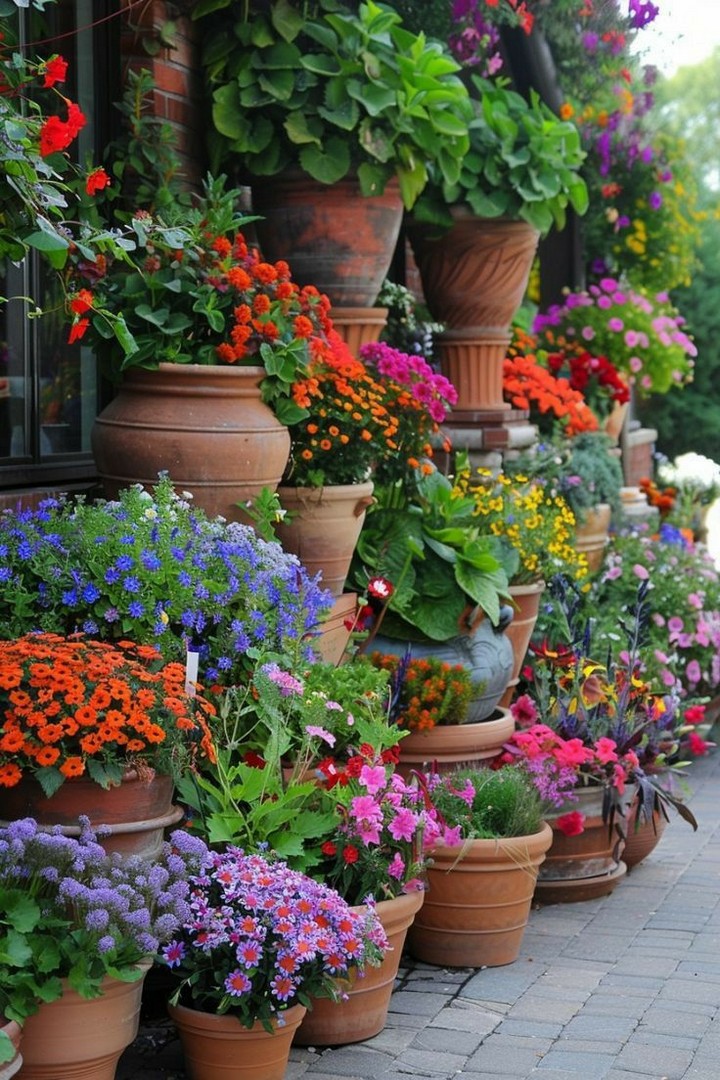
As a beginner, one of the most important aspects of garden design is learning how to maintain your space. Here are some essential maintenance tips:
- Watering: Ensure your plants receive the right amount of water. Avoid overwatering, as this can lead to root rot, and make sure to water early in the morning or late in the evening to prevent evaporation.
- Pruning: Regularly prune dead or damaged plants to keep your garden looking neat and healthy. This also helps encourage new growth.
- Weeding: Remove weeds regularly to prevent them from competing with your plants for water and nutrients.
- Mulching: Mulch helps retain moisture, suppress weeds, and regulate soil temperature. Apply a layer of mulch around your plants to help them thrive.
Designing a garden as a beginner can feel like a daunting task, but by following these basic steps and principles, you’ll be well on your way to creating a beautiful and functional outdoor space. Whether you’re looking to create a low-maintenance garden, a vibrant flower bed, or a cozy outdoor living area, understanding your space, selecting the right plants, and thinking about design elements like texture and functionality will set you up for success.
By starting with a plan, focusing on plant selection, and embracing the creativity of garden design, you’ll soon find that your outdoor space becomes a sanctuary where you can relax, entertain, and enjoy the beauty of nature.
Happy gardening!

